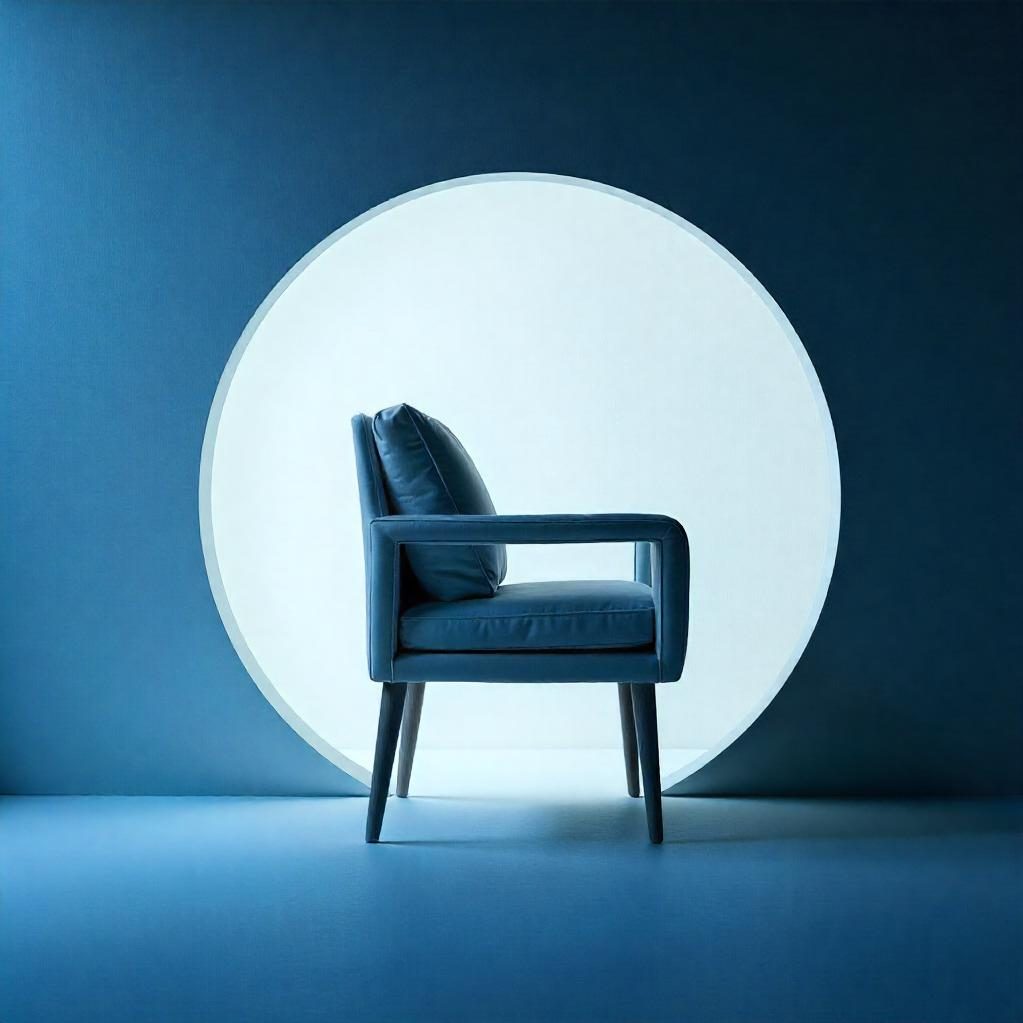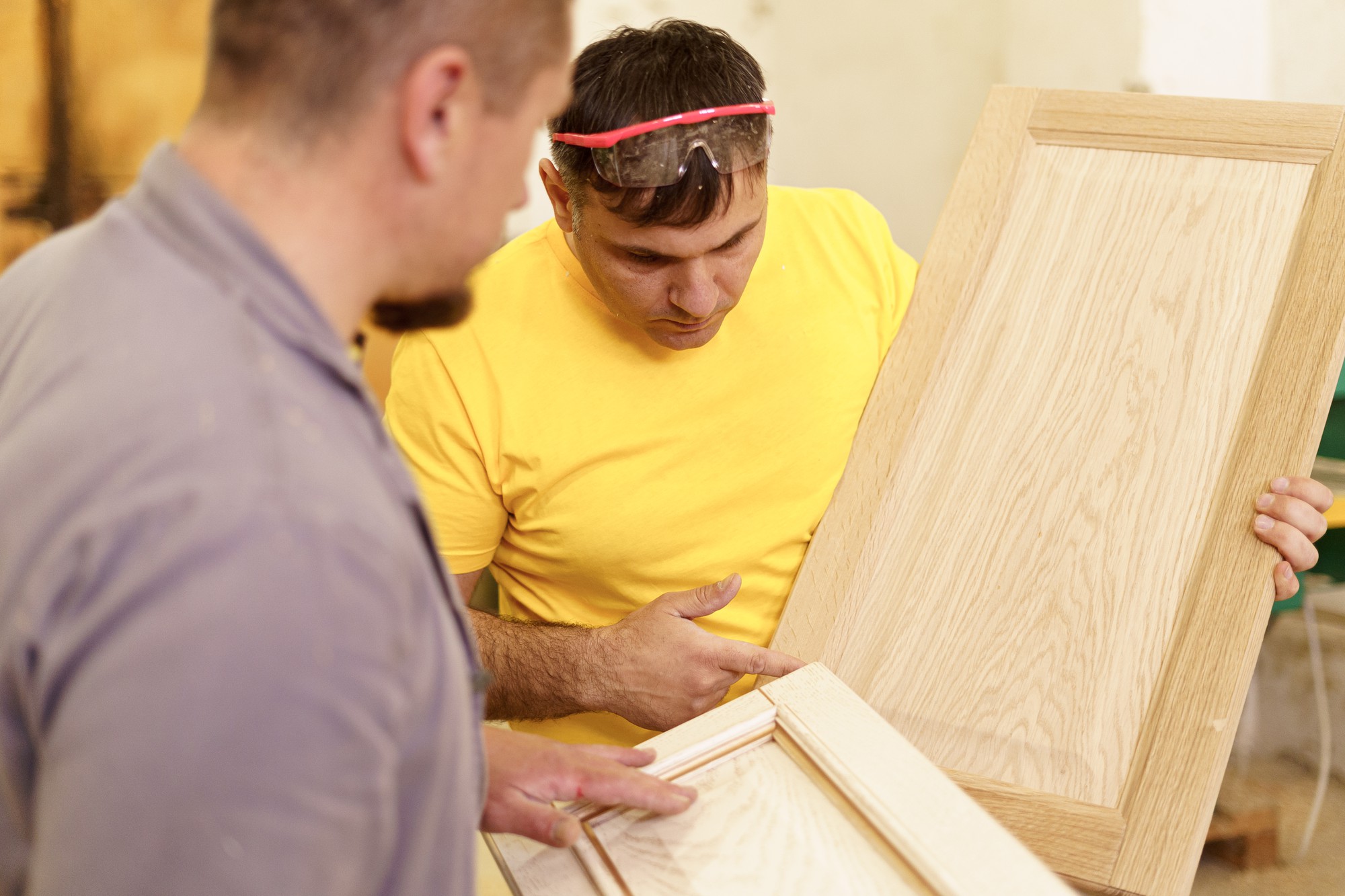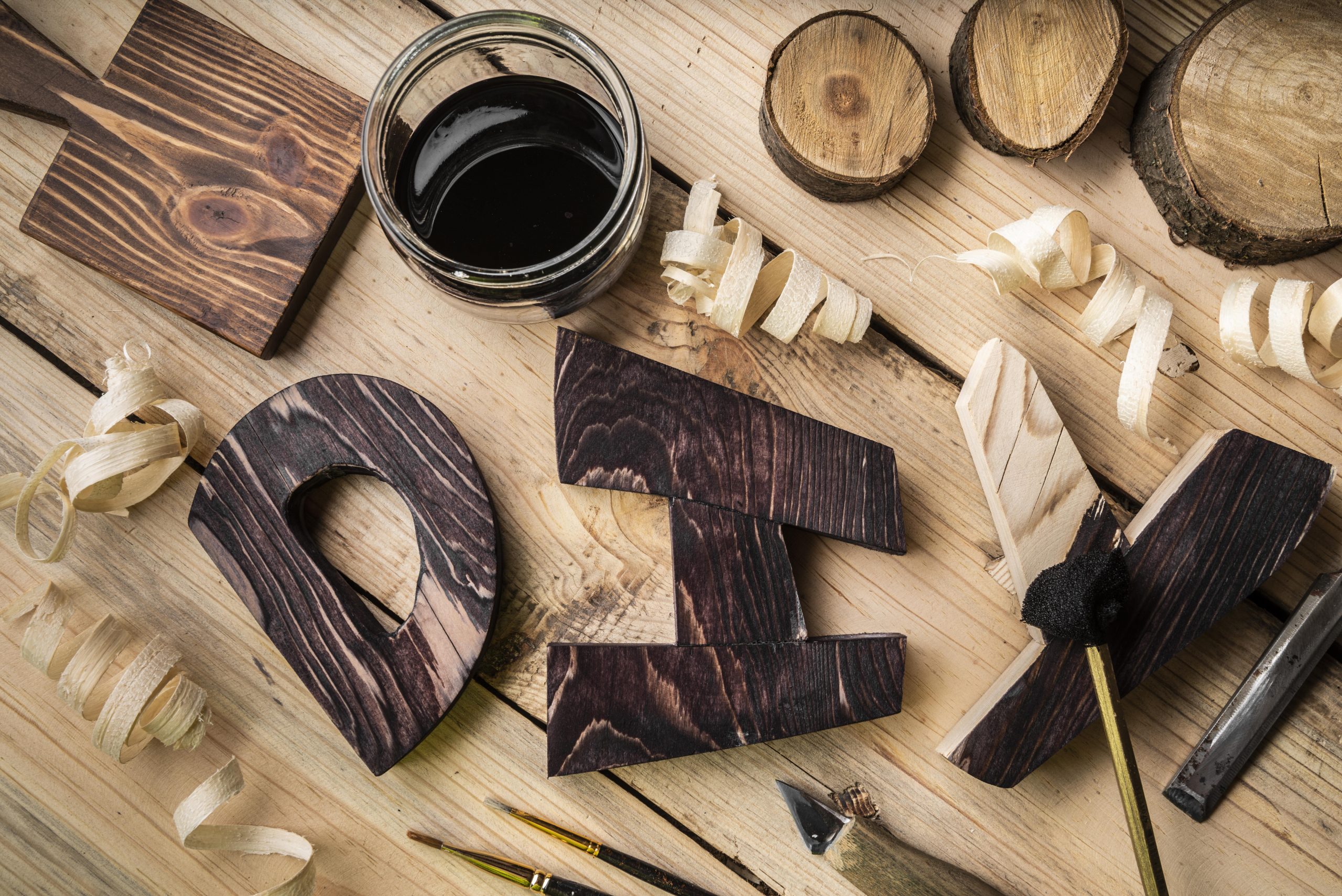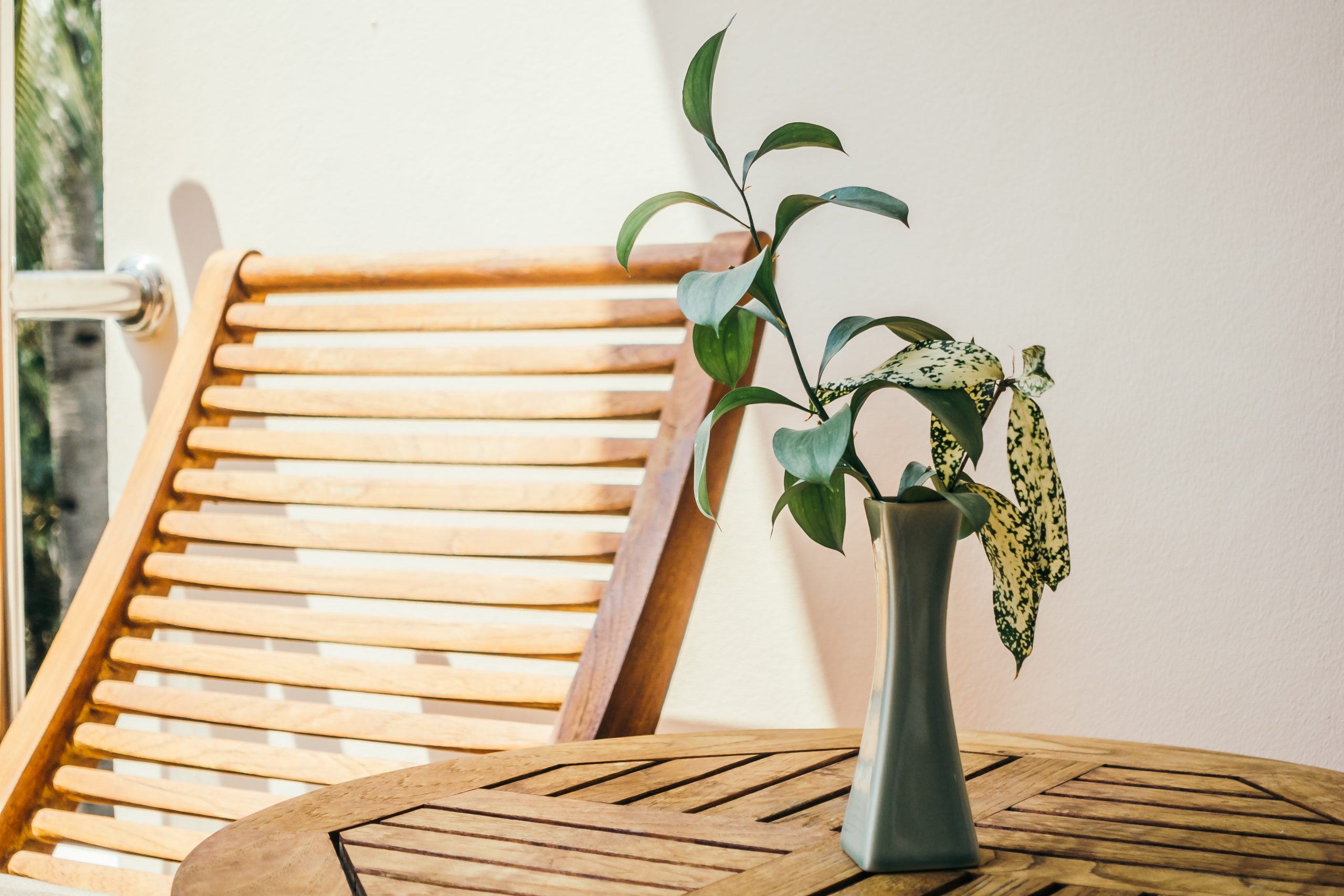Selecting the right type of wood for your furniture is a critical decision that impacts its durability, aesthetics, and functionality. Here’s a comprehensive guide to help you make an informed choice.
1. Hardwoods vs. Softwoods
Hardwoods
- Examples: Oak, Walnut, Maple, Mahogany
- Characteristics: Durable, dense, and resistant to wear.
- Best For: High-use furniture like dining tables, chairs, and cabinets.
Softwoods
- Examples: Pine, Cedar, Spruce
- Characteristics: Lightweight, more affordable, and easier to work with.
- Best For: Decorative pieces, shelving, and outdoor furniture.
2. Popular Types of Wood
Oak
- Pros: Strong, versatile, and has a distinctive grain pattern.
- Best For: Traditional or rustic styles.
Walnut
- Pros: Rich, dark color and elegant appearance.
- Best For: High-end, modern furniture.
Pine
- Pros: Affordable, lightweight, and easy to paint or stain.
- Best For: Casual and farmhouse-style pieces.
Maple
- Pros: Smooth finish and excellent durability.
- Best For: Contemporary and minimalist designs.
Mahogany
- Pros: Luxurious reddish hue and long-lasting quality.
- Best For: Antique and formal furniture.
3. Considerations When Choosing Wood
Durability
For frequently used furniture, opt for hardwoods that resist dents and scratches.
Aesthetics
Choose wood with a grain pattern and color that complements your décor.
Budget
Softwoods like pine are budget-friendly, while hardwoods like walnut and mahogany can be more expensive.
Environment
Look for sustainably sourced wood to ensure eco-friendliness. Reclaimed wood is a great option.
4. Finishing Touches
The type of finish (e.g., stain, varnish, or oil) can enhance the natural beauty of the wood or change its color to match your design preferences. Always test finishes on a small area first.
Conclusion
Choosing the right wood for your furniture involves balancing aesthetics, functionality, and budget. By understanding the properties of different wood types, you can create timeless, durable pieces that elevate your space.



